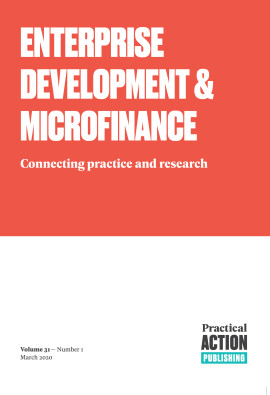MAPET: An appropriate latrine-emptying technology
It is clear that it will never be possible for everyone living in the cities of the South, especially in the rapidly growing mega-cities, to be connected to conventional water and sewerage mains. This technology allows homeowners to have hygienic and convenient on-site sanitation.A review of sanitation technologies for flood-prone areas
Borges Pedro, João Paulo
Oliveira, Cássio Augusto da Silva
de Lima, Sonaly Cristina Rezende Borges
von Sperling, Marcos
Journal of Water, Sanitation and Hygiene for Development, Vol. 10 (2020), Iss. 3 P.397
https://doi.org/10.2166/washdev.2020.019 [Citations: 29]Urban sanitation - lessons from experience
Kevin Tayler, Kevin Tayler
Waterlines, Vol. 27 (2008), Iss. 1 P.30
https://doi.org/10.3362/1756-3488.2008.004 [Citations: 4]Problems associated with the use of pit latrines in Blantyre, Republic of Malawi
Grimason, A.M.
Davison, K.
Tembo, K.C.
Jabu, G.C.
Jackson, M.H.
Journal of the Royal Society for the Promotion of Health, Vol. 120 (2000), Iss. 3 P.175
https://doi.org/10.1177/146642400012000307 [Citations: 27]The Satanic and the Theomimetic: Distinguishing and Reconciling “Sacrifice” in René Girard and Gregory the Great
Wales, Jordan Joseph
Contagion: Journal of Violence Mimesis and Culture, Vol. 27 (2020), Iss. P.177
https://doi.org/10.14321/contagion.27.2020.0177 [Citations: 1]Neglected second and third generation challenges of urban sanitation: A review of the marginality and exclusion dimensions of safely managed sanitation
Bhatkal, Tanvi
Mehta, Lyla
Sumitra, Roshni
Wright, Guillaume
PLOS Water, Vol. 3 (2024), Iss. 6 P.e0000252
https://doi.org/10.1371/journal.pwat.0000252 [Citations: 2]- Providing municipal faecal sludge management services: lessons from Bangladesh
- Webwatch
- A call to action: organizational, professional, and personal change for gender transformative WASH programming
- Menstrual hygiene management: education and empowerment for girls?
- WASH challenges to girls’ menstrual hygiene management in Metro Manila, Masbate, and South Central Mindanao, Philippines


